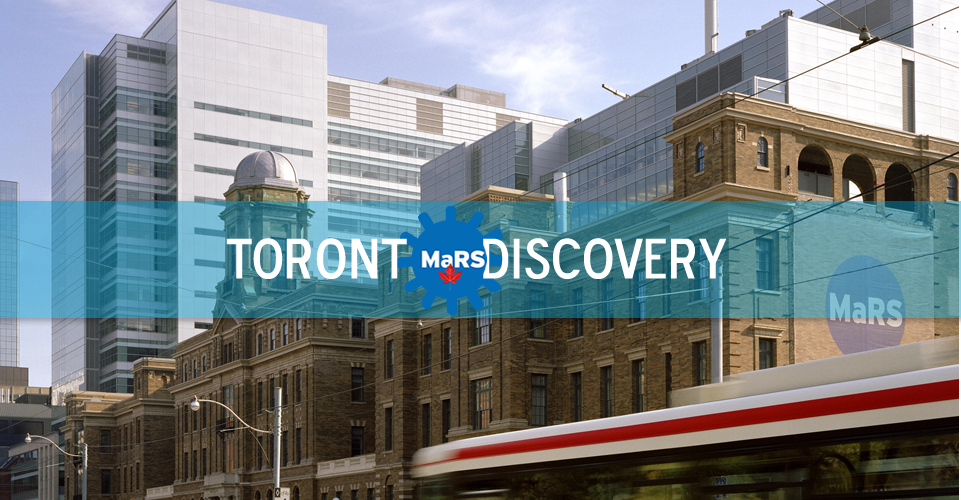Team:TorontoMaRSDiscovery/Project
From 2009.igem.org
| Home | The Team | The Project | Parts Submitted to the Registry | Modeling | Notebook |
|---|
- Engineering bacterial micro-compartments to investigate metabolic channeling and its potential uses in biotechnological applications
Contents |
Background
It is well established that genes and their products do not operate in isolation but rather form parts of integrated biochemical pathways. There is increasing evidence that in many pathways, individual components exhibit varying degrees of spatial organization ranging from sub-cellular compartmentalization to the formation of discrete complexes.
For metabolic processes, the co-localization of enzymatic components has been shown to promote the transfer of substrates between consecutive reactions in a process termed “channeling”1. Metabolic channeling is defined as the process in which the intermediate produced by one enzyme is transferred to the next enzyme without complete mixing in the bulk phase12. Channeling results in the efficient translocation of substrates between enzymes and has been proposed to result in the following benefits: 1) Optimization of catalytic efficiency by decreasing transit time for intermediates; 2) Relief of the effects of product inhibition; 3) Protection from the creation of potentially toxic or unstable intermediates; and 4) Regulation of substrate flux through mediating pathway cross-talk 1. Potential applications range from the production of valuable compounds such as therapeutic molecules and biofuels2 to the degradation of toxic wastes3.
We propose a novel interdisciplinary project to systematically investigate how nature implements metabolic channeling and how this knowledge may be exploited for biotechnological applications.
Experimental Approach
Objectives
- Design, construct and characterize a micro-compartment expression system in E. coli.
- Demonstrate in vivo assembly of the expressed micro-compartments.
- Target a fluorescent marker (eCFP) to the micro-compartment.
- Identify and prioritize candidate enzyme pairs for channeling.
- Apply channeling to selected enzyme pairs.
Phase-One
Using standard BioBrick parts25 we have designed and are in the process of constructing an expression system capable of producing functional, T. maritima derived, encapsulin micro-compartments in E. coli (Figure 1). To establish that these compartments are functional, we will test our ability to target peptides to this compartment using a recombinant, fluorescent marker protein (eCFP) with a c-terminal extension corresponding to the conserved targeting sequence described by Sutter et al 21 followed by fluorescence microscopy. We hypothesize that encapsulation of eCFP will prolong its half-life and that by varying the amounts of the de-repressors aTc and IPTG in the expression system it will be possible to obtain a state where sufficient encapsulin is produced to enclose detectable amounts of eCFP and where background signal is minimized. By measuring the difference in fluorescence between bacteria expressing encapsulin + eCFP versus those expressing only eCFP at a given optical density we hope to obtain an estimate of the amount of eCFP being protected from degradation and therefore localized to the micro-compartments.
Concurrently, we are evaluating enzymes for use in our system which are likely to be amenable to channeling as predicted by C. SanfordModeling and Computational Prediction of Metabolic Channeling27. Our bioinformatics team, which consists of undergraduate students as well as graduate student advisors who have modeling and metabolomics expertise, will attempt to identify associated pathways containing substrates and products that are 1) easily assayed (e.g. using colorimetric or spectrophotometric tests) and 2) potentially commercially relevant (i.e. produces a desirable product or breaks down an undesirable compound). Short-listed pathways will be modeled using SimBiology28 and Cell++29 (the latter was developed in our host laboratory) to predict the effect of channeling on pathway intermediates and products as an aid to selecting a Phase-Two target application.
Phase-Two
Using pairs of enzymes from pathways modeled in our earlier screens we will construct recombinants fused to the targeting sequence. These enzyme pairs will be co-expressed in the presence and absence of encapsulin and the effect on pathway intermediates and/or products will be assayed to determine the effects of channeling and to compare them with our modeled prediction. The nature of the assays will depend on the chosen system. As a further experiment, if possible, we would like to apply channeling to a branching pathway to evaluate the potential role of channeling in pathway switching.
 "
"
